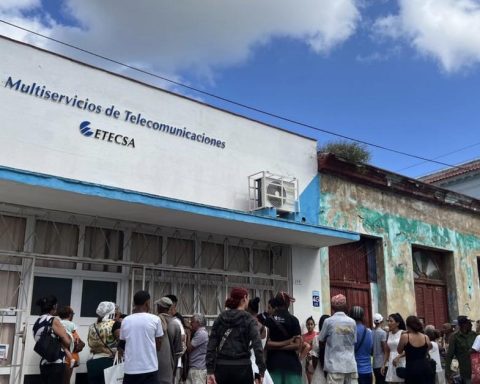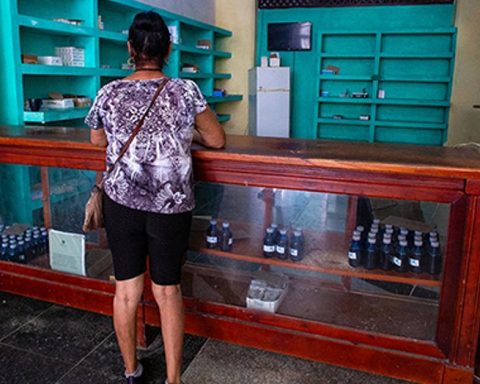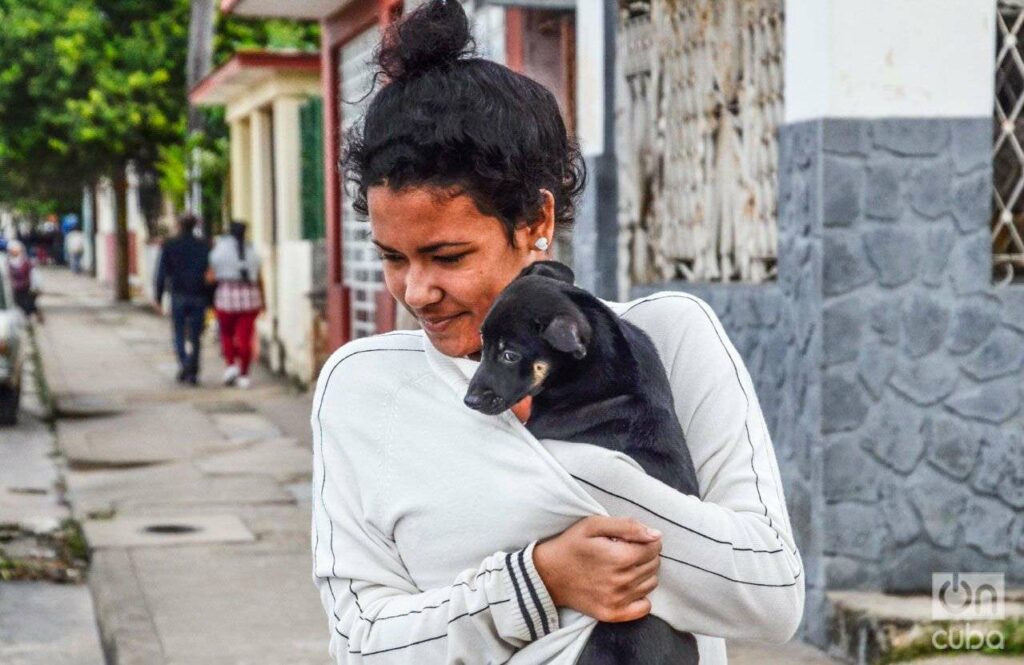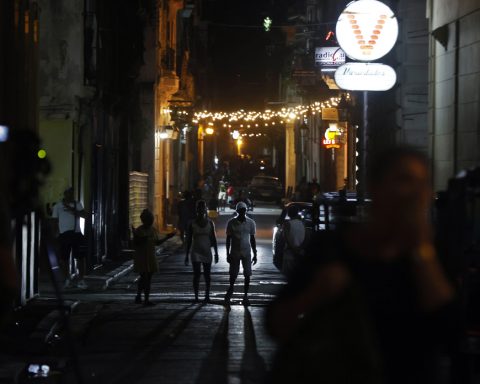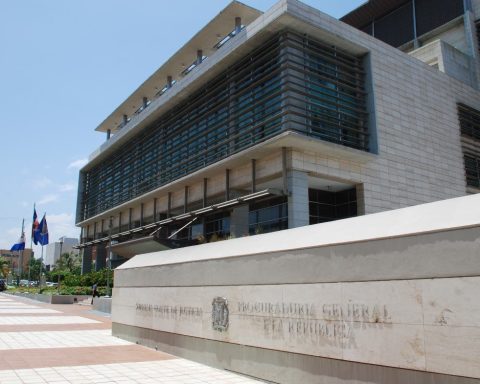The Cuban authorities have not revealed the poor result of the 2022 rice production, but a note published this Sunday by the official gazette Granma lets guess that it has been even worse than expected. In February of that year, the harvest remained at 120,000 tons and a goal of 180,000 was set for the next one, a tiny portion of the almost 700,000 necessary for national consumption. Even that was not achieved, but there is no official data on what one official described as a “real sinkhole” in production in 2022, “when food volumes dropped considerably.”
Oslando Linares Morell, director of the Rice Technology Division of the state-owned Grupo Empresarial Agrícola, explains that in 2012 a program was created for the development of this cereal that, in addition to being culturally a basic food in the Cuban diet, brings together several qualities that make it make it ideal for the situation on the Island, from its simple storage without processing to its high caloric content. The plan was to achieve full self-sufficiency by 2030 to suppress imports, but the failure has been monumental.
To achieve self-sufficiency, 200,000 hectares per year would have to be planted, with a yield of six tons per hectare and a production of 1,200,000 tons of wet cereal.
Cuba needs, the text indicates, 600,000 tons for the regulated basket and social consumption. The data is striking when in recent years, including 2022, the required amount has been estimated at 700,000which could suggest a relief after the departure of at least a quarter of a million of the population in the last 12 months.
To achieve self-sufficiency, 200,000 hectares per year would have to be planted, with a yield of six tons per hectare and a production of 1,200,000 tons of wet cereal, which results in the desired 600,000. But reality collides with the dream.
“The plans set for 2023 are still quite low, with around 40% of what was planned at this point in the development program. This means that we had to plant 140,000 hectares, and we will only manage to plant 68,000 hectares in this calendar, a really poor figure “he points out. With these accounts, perhaps, at best, 204,000 tons could be obtained if official accounts are used, so at least 400,000 would still have to be imported if everything went well.
Rice prices in international markets have risen in recent years and a ton in Vietnam was at 437 dollars in the first week of 2023, so Cuba would have to spend 174.4 million dollars to acquire the 400,000 tons from there. And that is if the forecasts come true, something that seems far from happening in view of the fact that rice production continues to sink. In 2022, the Island had to use more than 300 million dollars to buy the product and to all this expense we must add transport, since it arrives, as Linares Morell recalls, “not exactly from nearby nations.”
In 2018, the national rice plans were progressing well, and although the self-sufficiency targets were far from being met, progress was good, to the point that the all-time record of 304,000 tons was achieved that year. In 2019 the collapse began, with 246,700 tons and then, with the pandemic, the worst came: 162,965 tons in 2020 and some 120,000 in 2021.
The official speaks of the influence of covid-19, the tightening of the embargo, the “spurious inclusion of Cuba on the list of State sponsors of terrorism” and the war in Ukraine as causes of the truncated plans. In addition, he points out that there are limitations for the Island when it comes to obtaining pesticides, herbicides, fertilizers and fuel for aerial and ground machinery.
Despite everything, Linares was optimistic and considered that a recovery could begin in 2023, especially if “science, technology and innovation” are used, although when it came to explaining what it would consist of, there was no more than the usual voluntarism and “must”.
“We rice farmers have to get used to the new working conditions, to using fewer chemical products and using a considerably greater number of bioproducts,” he added. The only tangible procedure that he explained was the development of four seed varieties – in addition to the 12 already existing with support from Vietnam and Japan – with shorter cycles and less demand for inputs.
In the Cuban markets, meanwhile, rice does not stop rising when it is found. Official inflation data indicate that in October the price of the product increased by more than 4% and in November it grew again by more than 3.4%
In the Cuban markets, meanwhile, rice does not stop rising when it is found. Official inflation data indicate that in October the price of the product increased by more than 4% and in November it grew again by more than 3.4%.
The so-called Creole rice, of national production, does not enjoy a good reputation in Cuban kitchens. The collection, transfer and storage methods mean that the final grain is frequently broken and its cooking is not as satisfactory. Consumers prefer the product imported from Uruguay or Brazil, from where a more whole grain rice comes, which grows more when cooked and has a better flavor.
Rice from Vietnam is also not well valued because the one that has been sold on the island through the rationed market also has a high percentage of broken grains and it is very difficult to ensure that it remains shelled during cooking, one of the characteristics that is search for food in the Cuban culinary tradition that rejects the product stuck or made balls.
________________________
Collaborate with our work:
The team of 14ymedio He is committed to doing serious journalism that reflects the reality of deep Cuba. Thank you for accompanying us on this long road. We invite you to continue supporting us, but this time becoming a member of our newspaper. Together we can continue transforming journalism in Cuba.

